
Centre for Biomimetic Societal Futures - Research Strands
The Centre for Biomimetic Societal Futures is positioning itself at the very cutting edge of research into biomimicry and nature inspired solutions to contemporary problems. The focus on the 'societal' sets the Centre apart in its approach, and paves the way for truly exciting and innovative research.
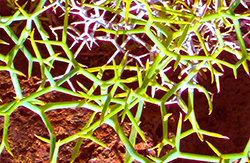
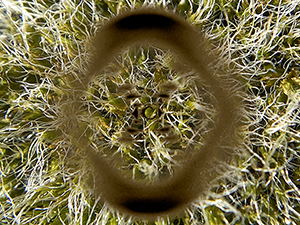
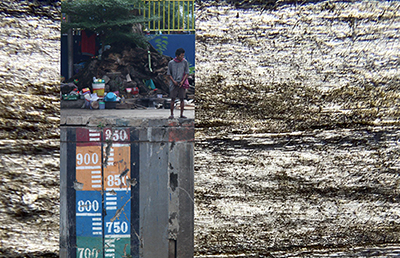
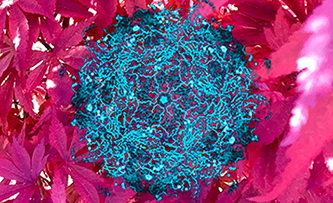
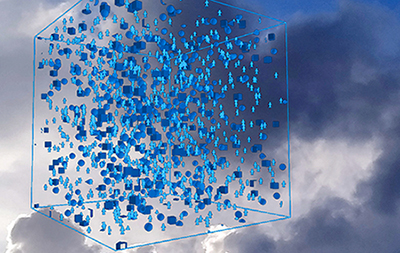

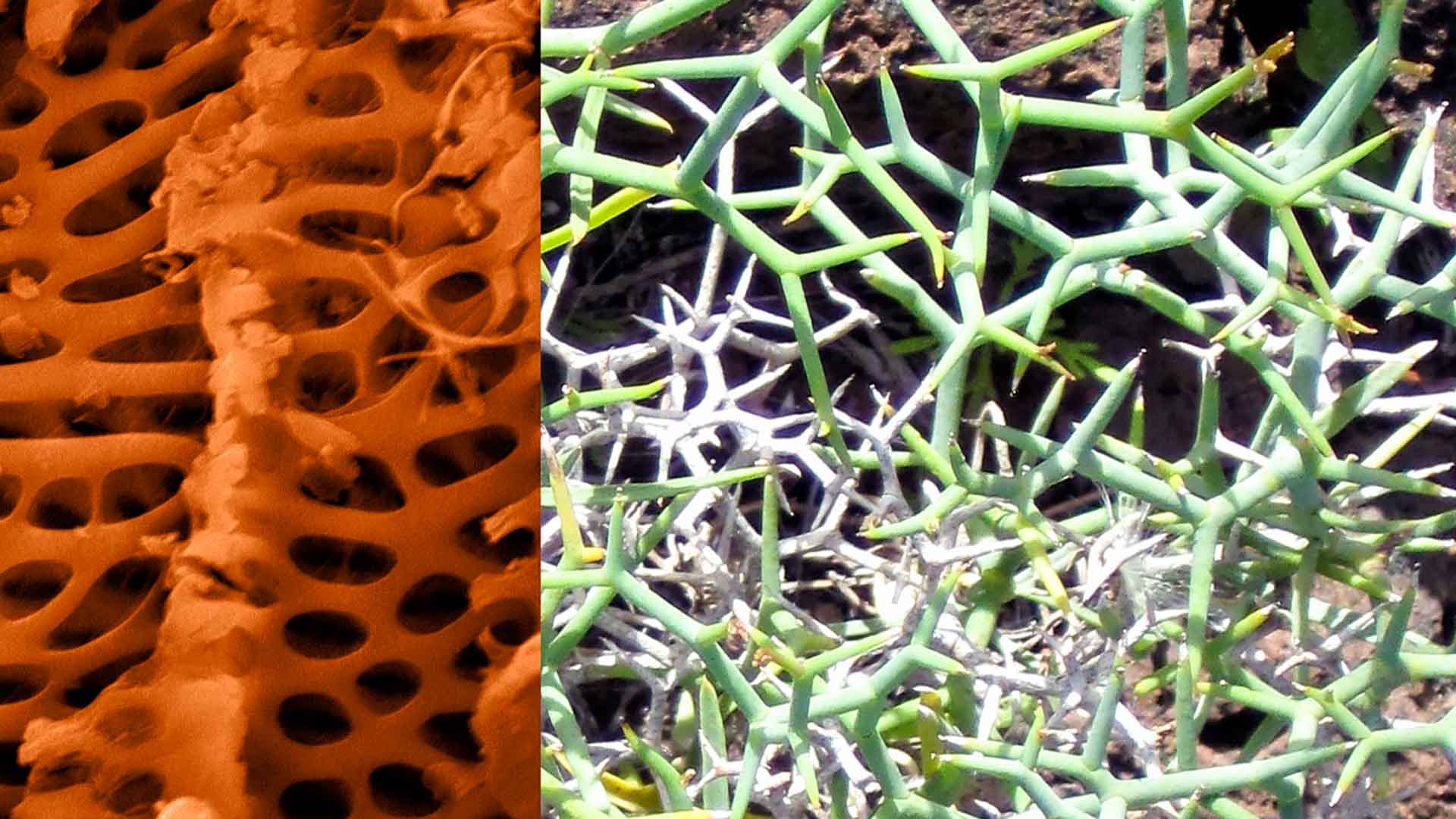
Neuroscience and intelligent systems
The ‘Neuroscience and Intelligent Systems’ research strand is interested in studying brain functions to inform the design of artificial, social and organisational systems within two sub-strands: neural networks and neuroplasticity.
Neural networks as the brain structures that underlie all brain function, and the way these networks function to allow neurons to signal to each other is already being mimicked extensively in Artificial Intelligence applications. Our research expands this prolific research area to include applications in Financial Technology, supply chain systems, cyber security systems and transport systems. Projects within this sub-strand include:
- Neural Network applications for Interconnected Intelligent Supply Chain systems and their resilience
- Astrocyte Neural Network applications in autonomous learning and self-repair of cyber systems
- Neural Network applications for the safety and security of Cyber IoT (Internet of Things) systems
- Neural network applications for Financial Technology
- Neural network applications for future mobility/transport systems
The term ‘plasticity’ is used to denote (broadly speaking) the adaptability of the brain in response to changing environments. Our research explores the principles underlying neuroplasticity to inform applications across a variety of disciplines, ranging from the organisation management to sculptural practice. Our research specifically aims to address adaptable practices inspired by plasticity in the following areas:
- Business, organisational and business environment plasticity
- Biochemical resilience, redundancy and phenotypic variation
- Imaging of brain-body relationships
- Sculptural forms
- Pedagogical learning systems
- Social cohesion to prevent radicalisation

Viral/microbial systems, DNA and algorithms
This research strand explores the application of biological knowledge on DNA and viral systems to computer algorithms. Though current methods in Artificial Intelligence (AI) are already heavily modelled on genetics and the human brain’s neural networks, there is scope for expanding this research into AI applications with critical social impacts.
For example, DNA, as life’s storage material, archives big amounts of information into small volumes of space. Our research utilises knowledge on the processes that enable this archiving for computer data storage solutions.
Similarly, we are working on improving the defence mechanisms of technological systems by mimicking how white blood cells defend the body against viruses, thus building on knowledge on the body’s viral systems.
Other research projects within this research strand include:
- Application of genomic algorithms and random neural networks in Financial Technology
- Use of evolutionary algorithms in Supply Chain Optimisation
- Radicalisation prevention inspired by micro-organism adaptation to hostile environments
- Viral system applications for computer virus and intrusion detection systems, data traceability and verifiability

Comparative Agency
How can independent control mechanisms manifested in the natural world be translated into solutions to problems to do with agency within human or artificial systems? This research strand brings together research projects that use biological knowledge on agency in nature to inspire innovation in human-made systems.
In collaboration with the Global Disaster Resilience Centre based at the University of Huddersfield, one of the foci of this research strand is on nature-inspired solutions for disaster resilience applications. This research looks beyond nature-based solutions for disaster prevention, such as the use of mangroves for flood prevention and coastal defence, to being inspired by natural defence mechanisms for the development of human-made resilient solutions.
Another focus of this research strand is on nature-inspired applications for transport and logistics systems. One project of interest builds on existing research on mimicking the behaviour of natural swarms to divide tasks, cluster and transport together to conceive of sustainable future transport systems in urban areas. A number of other projects monitor how birds find their ways during migration or how ant colonies operate to address challenges around navigating complex environments. Other examples of projects are currently in the process of finding natural examples that can inform the development of
- Self-healing capabilities in distributed information or control architectures
- Resource allocation mechanisms that harness emotion
- Security and sustainability within communities
Natural agency behaviours are also adapted for research into the future of businesses. Projects include looking at nature to inspire sustainable circular economy practices, increase the diversity of credit lending mechanisms and create resilient social enterprise models modelled on natural ecosystems. Relatedly, work is currently underway on finding natural examples of decision-making to progress innovation in decision support systems used by businesses and legal bodies.
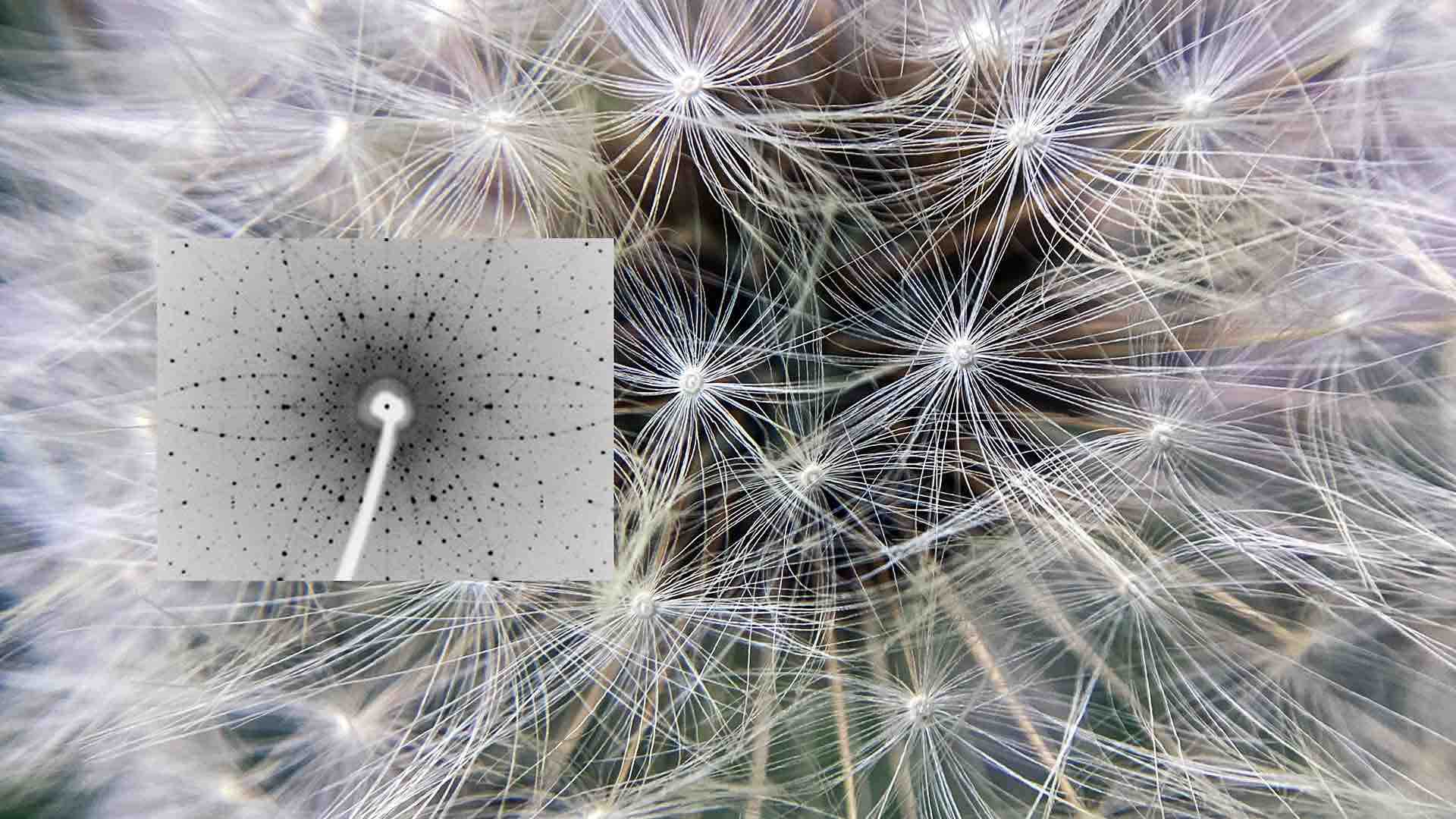
Product Design
Research projects within this research strand investigate how biomimetic design methodologies can be a catalyst for innovation in products that will impact our societal futures.
We also specialise in biomimetic product design for climate change reduction. For example, work is currently underway to find biomimetic strategies to solve design problems in plug-in hybrid electric vehicles and improve anomaly detection in low-cost gas sensors. We have also started to explore biomimetic strategies for converting biomass into fossil fuel replacements.

Cross-cutting theme 1: Cognition and Behaviour
Under the banner of this theme, we draw together research findings from across the centre’s research strands that help us better understand how learning from and adapting to nature-inspired processes and designs may shape individual and social cognition and behaviours. Though previous research has established that cognitive and behavioural patterns across societies are biologically and psychologically motivated, the research taking place across our centre further investigates the individual and communal aspects of societies that may be inspired by specific natural forms, processes, and principles.
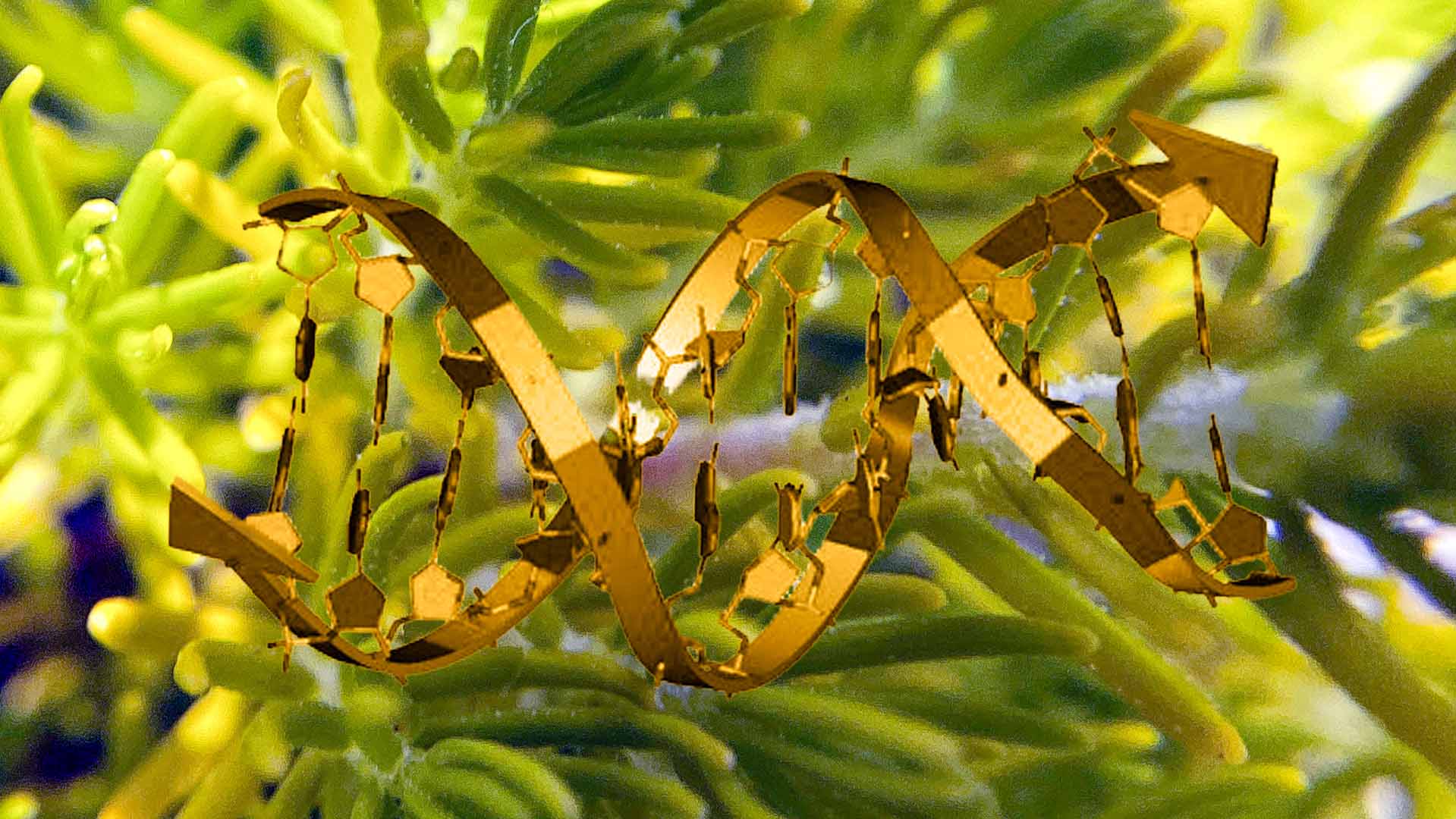
Cross-cutting theme 2: Impact, Engagement, Education and Outreach
This theme cuts across all the research strands and focusses on how biomimetic research results can be communicated, discussed and implemented in non-academic contexts. Theoretical ideas and methodological approaches from art and linguistics are utilised to understand how businesses, organisations and the public currently perceive the challenges our Centre address in order to establish the most productive ways to bridge these understandings and biomimetic research communicatively. We strive to engage with businesses and the public through art installations, workshops, and the provision of resources based on our outputs.